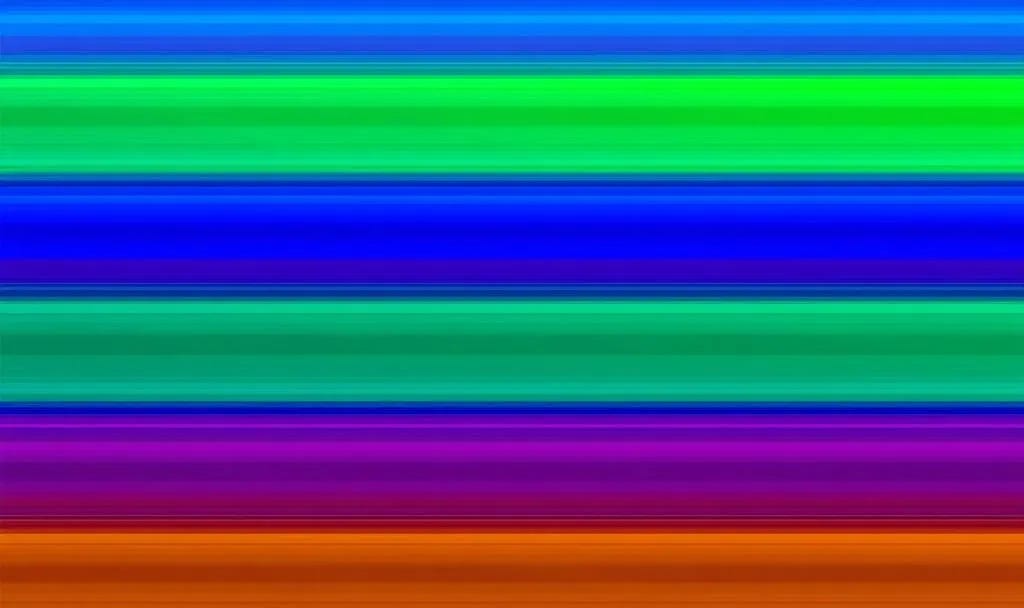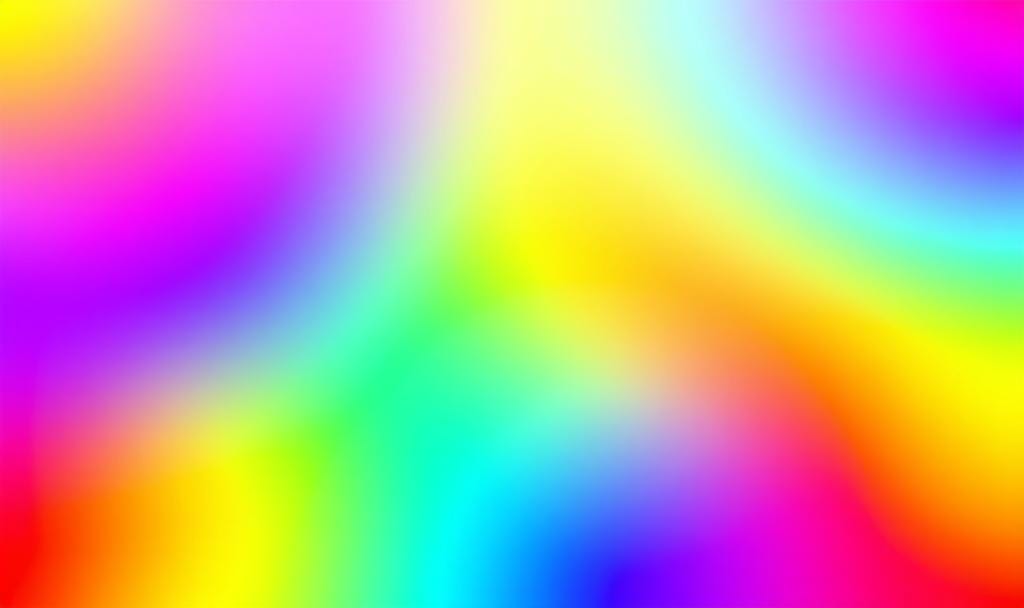Prompt
A digital art piece showcasing the range of colors within the sRGB color standard.AI
sRGB, or standard Red Green Blue, is a widely adopted standard color space created in 1996 through a collaboration between HP and Microsoft. It serves as a foundational color space for the web, computer monitors, and printers.
Here's a breakdown of what sRGB entails:
Standardization: sRGB was designed to ensure consistent color representation across different devices. This means that a color should look roughly the same whether you're viewing it on a computer monitor, a smartphone screen, or a printer.
Color Gamut: sRGB defines a specific range of colors (a color gamut) that can be displayed or reproduced. While it covers a significant portion of the colors visible to the human eye, it's smaller than some other color spaces like Adobe RGB.
Web Standard: It is the standard color space for the internet. Images without an embedded color profile are generally assumed to be in sRGB. This makes it the safest choice for online display to ensure colors appear as intended for most viewers.
Device Compatibility: Most consumer-level digital cameras, monitors, and printers are designed to work with and accurately reproduce the sRGB color space.
Gamma: sRGB uses a specific gamma curve (a mathematical relationship between the numerical value of a color and its actual luminance) that is based on the characteristics of older CRT monitors.
Key Differences Compared to Adobe RGB:
Wider Color Gamut: Adobe RGB has a larger color gamut than sRGB, particularly in the green and cyan regions. This means it can represent a wider range of more saturated colors.
Professional Use: Adobe RGB is often preferred by photographers and graphic designers working in print and other professional environments where accurate color reproduction and a wider color range are crucial.
Online Display: Images in Adobe RGB may appear less saturated or color-shifted when viewed in web browsers or on devices that primarily support sRGB, unless they are properly color-managed.
In summary, sRGB is the standard color space for most everyday digital uses, especially online content. While Adobe RGB offers a wider range of colors, sRGB's broad compatibility makes it a reliable choice for ensuring consistent color across the majority of devices.
Apply
Please feel free to apply for funding via the following link.
Feedback
Please feel free to give feedback via the following link.
Subscribe
Please feel free to subscribe via the following link.







